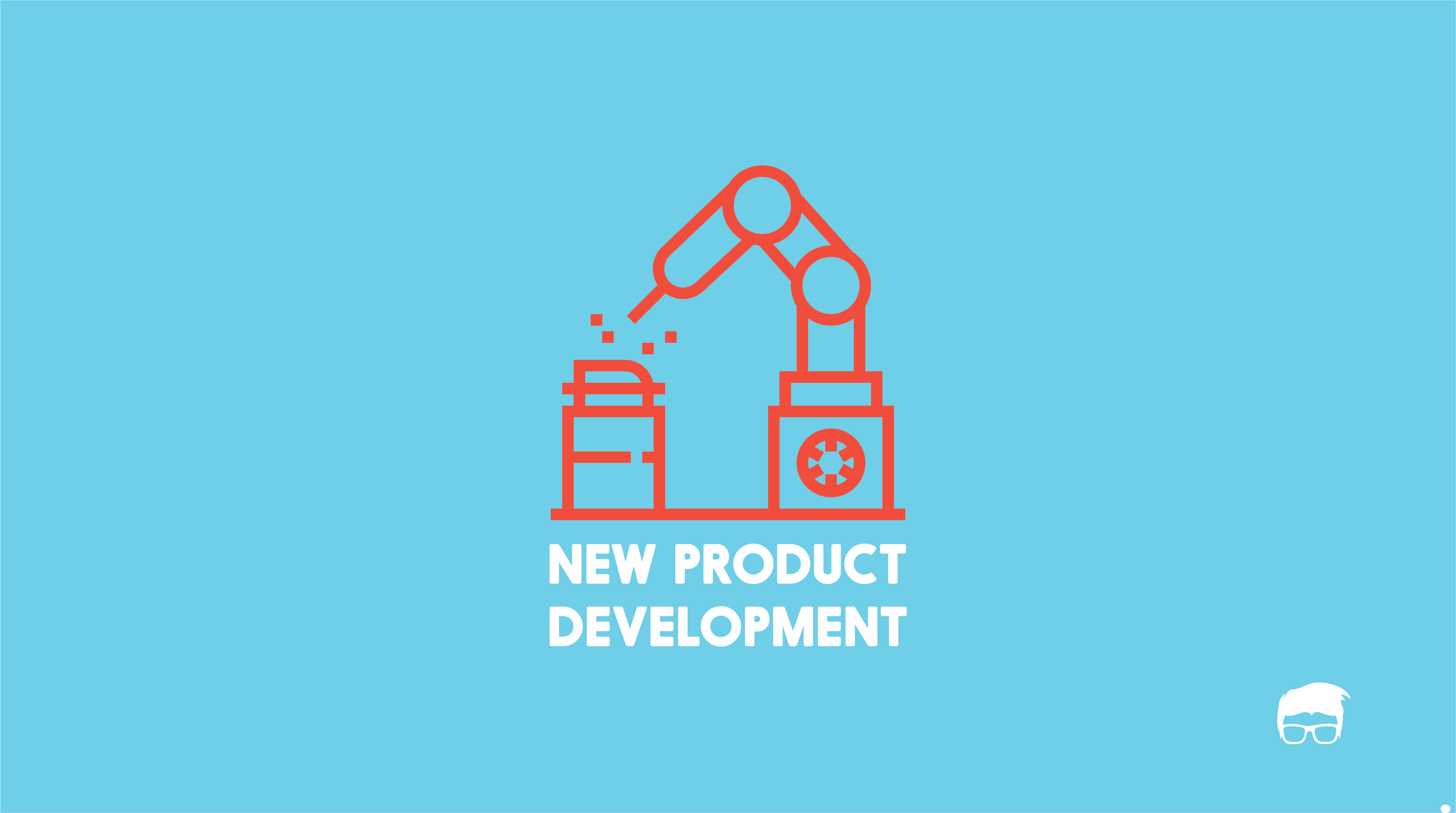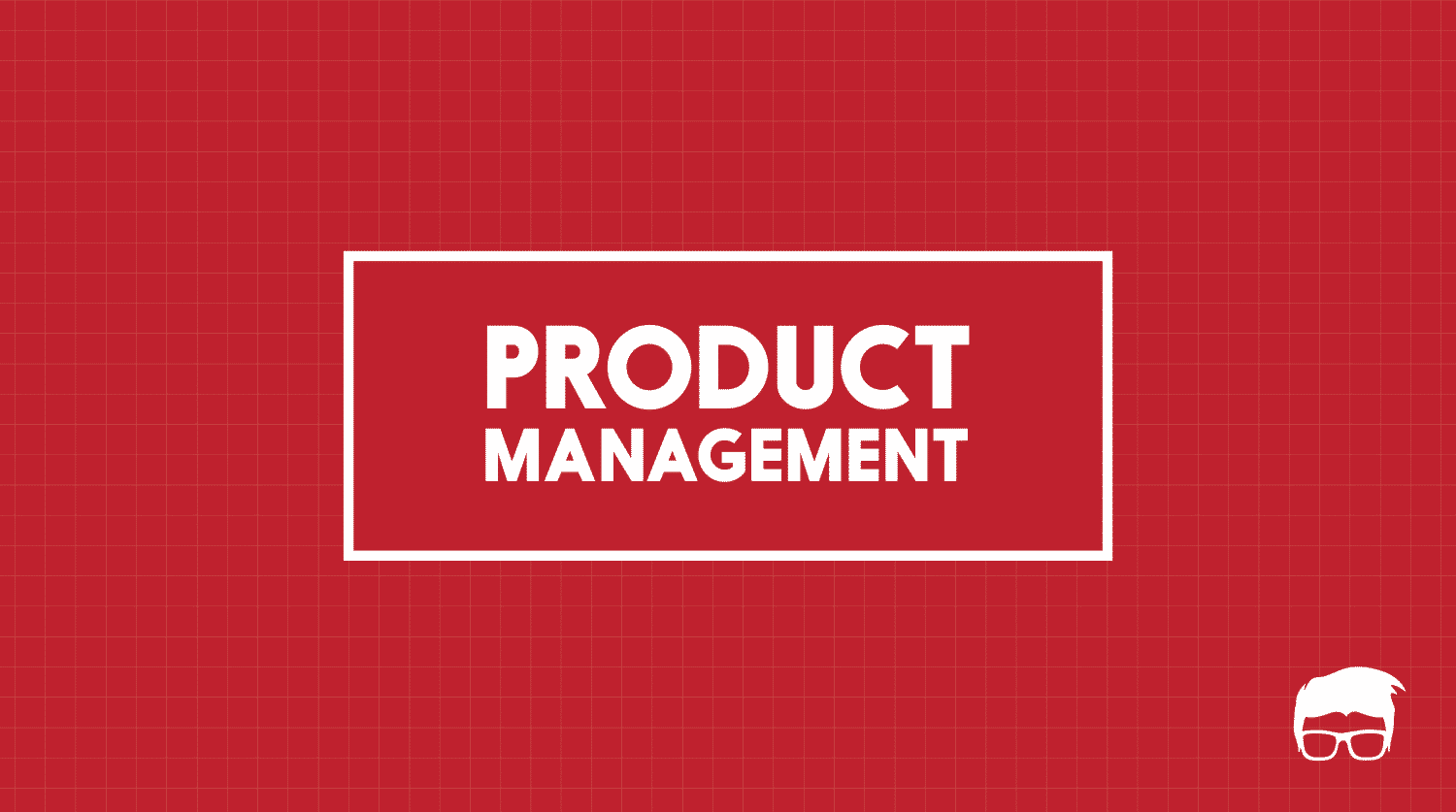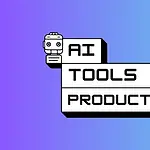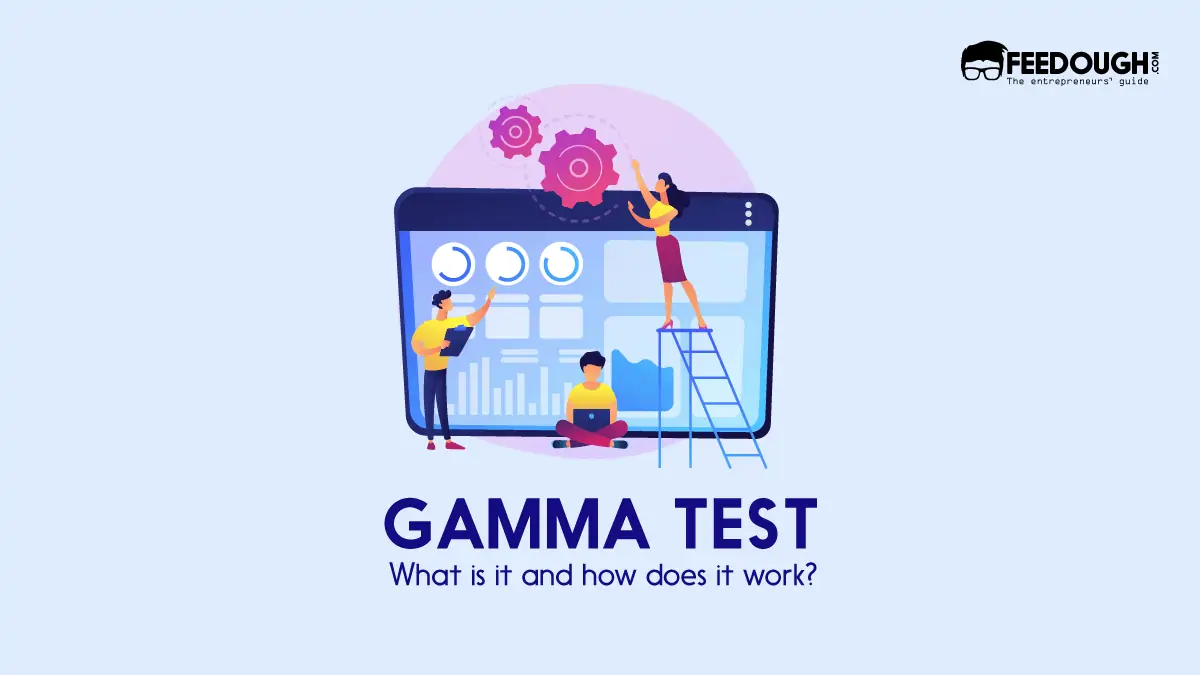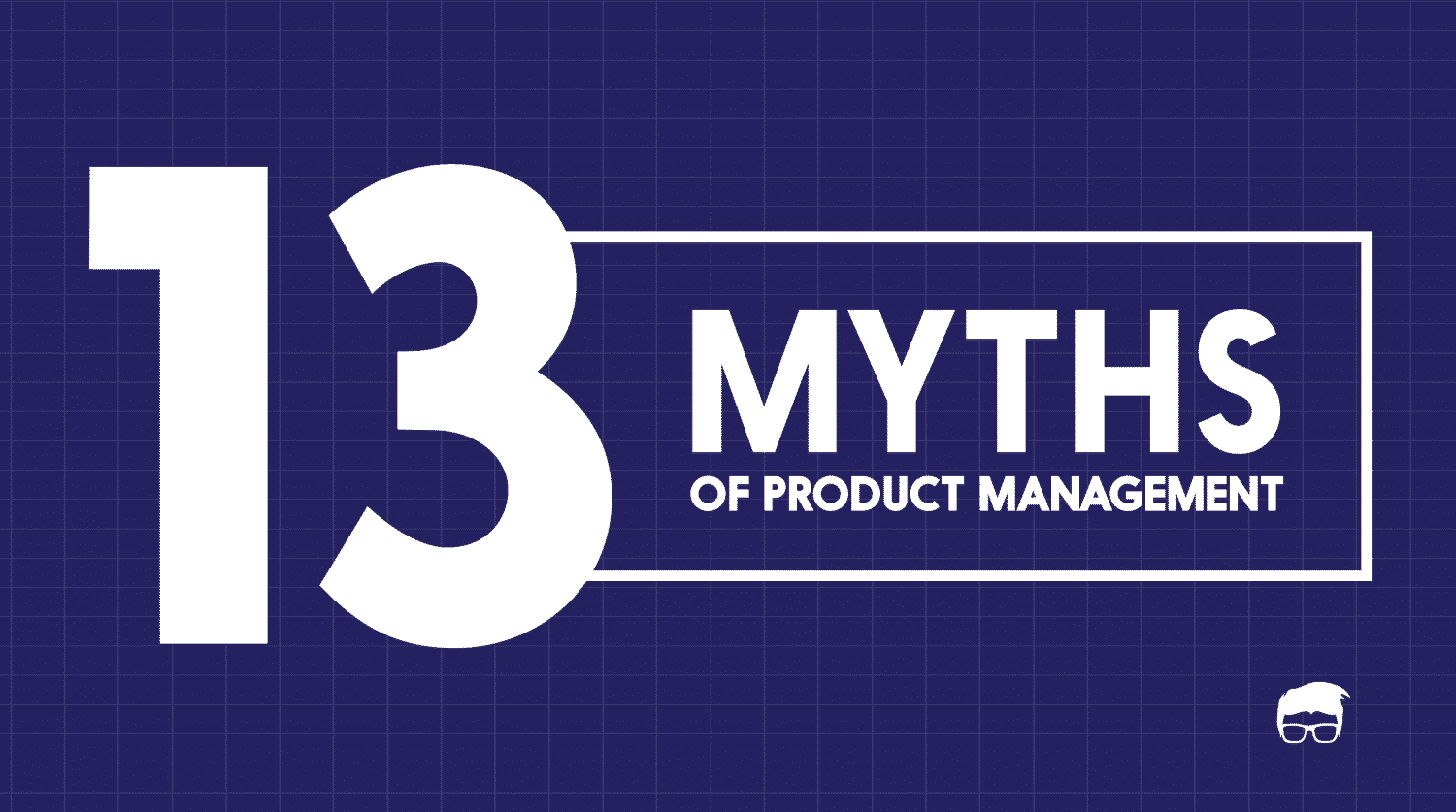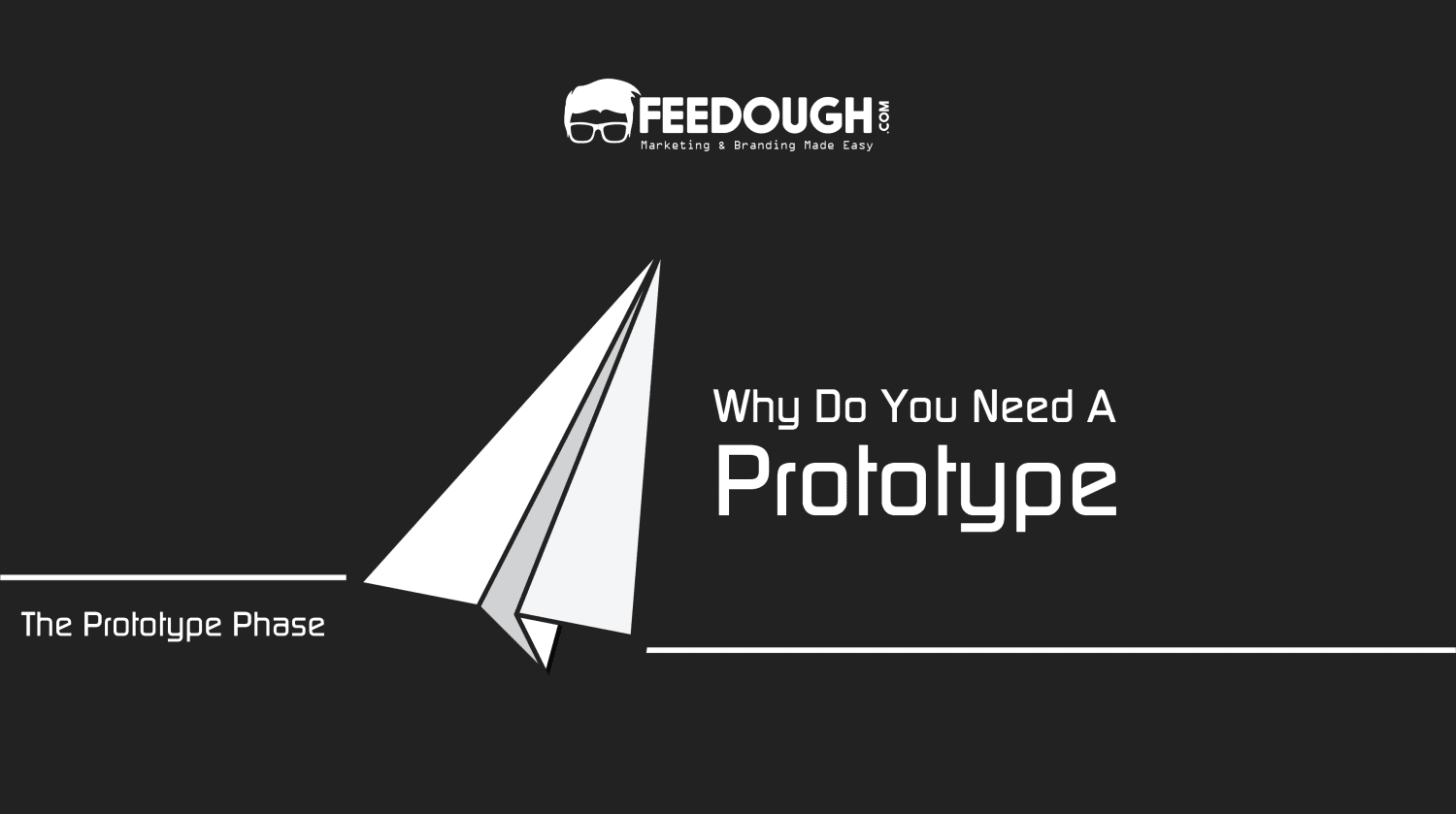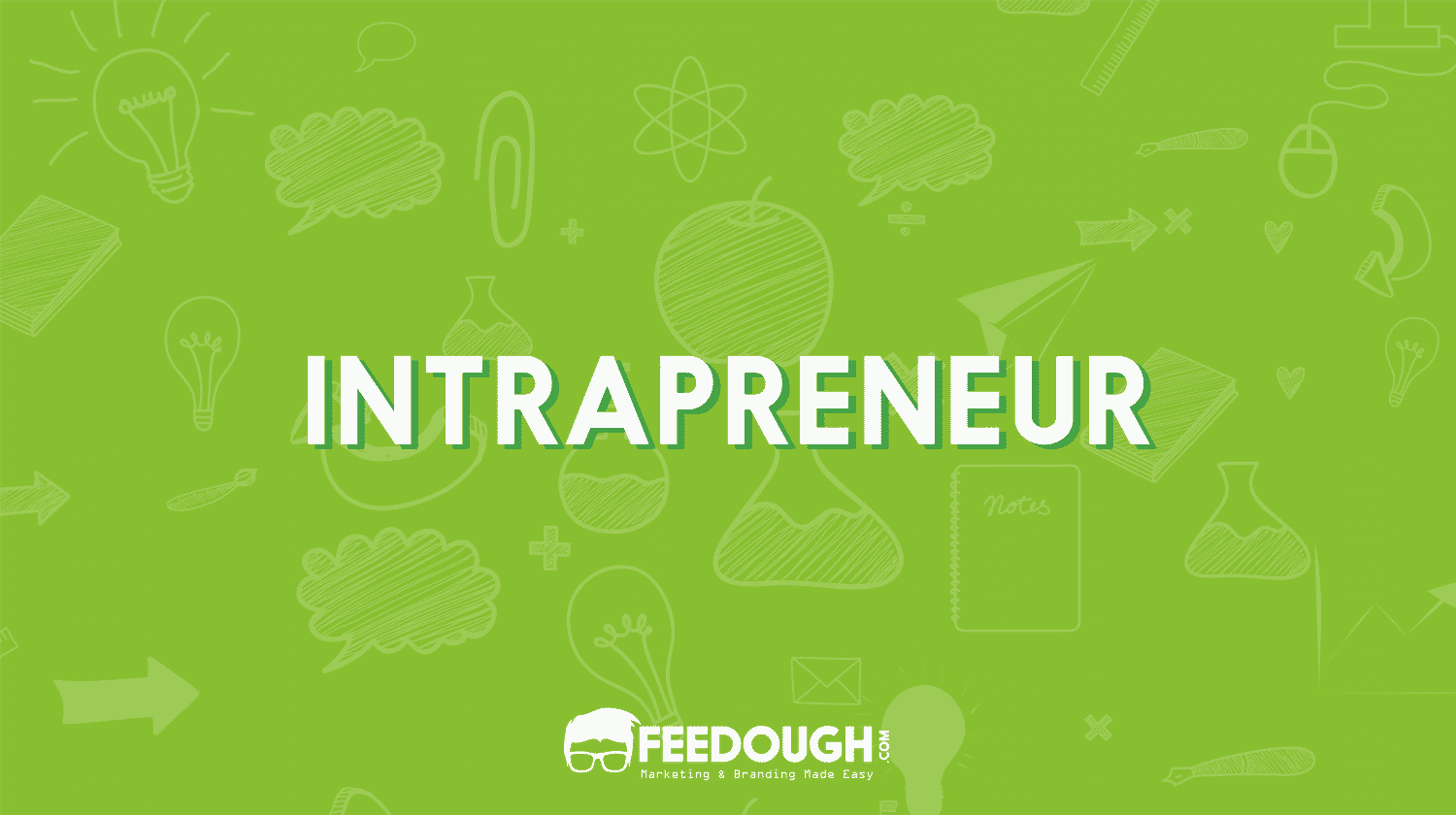There’s a lot that goes into a product before it is introduced into the market.
It starts with a market opportunity which forms the base of the product idea, and converting this market opportunity into a successful product is what new product development is all about.
Sadly, not everyone succeeds in it, and 95% of new products fail. But most of these new products fail because the developers undermine the importance of the new product development process and try to take the shortcuts. Although this process differs for different industries, but according to Philip Kotler, new product development can be easily be broken down into eight stages:
- Idea generation
- Idea Screening
- Concept Development and testing
- Marketing Strategy Development
- Business Analysis
- Product Development
- Market Testing
- Commercialisation
But before moving ahead to discuss the new product development process, here are the six categories of new products that are launched in the market –
Types Of New Products
- New-to-the-world products: These are essentially the new products that didn’t exist in the world before. For example, the launch of Uber app was a new-to-the-world product.
- New-to-the-firm Products (new product lines): These are new products that didn’t exist in the firm’s portfolio before. These are not new to the world but are just new to the firm and add a new product line to the existing portfolio. For example, P&G’s first shampoo was a new-to-the-firm product.
- Additions to existing product lines: These products are supplements to the company’s established product lines. For example, a new flavour for Colgate would be a product line extension.
- Improvements and revisions of existing products: These are the upgrades that replace current products and provide improved performance and/or higher perceived value.
- Repositionings: Repositioning is changing the existing image of the product in front of the existing target market (and relaunching it) or taking this product to a new market with a new image. For example, McDonald’s was launched in Japan as Makudonarudo.
- Cost reductions: These are the new products that provide performance similar to the existing products but at a lower cost to the company.
New Product Development Process
A new product isn’t always about developing a new-to-the-world product. In fact, according to Kotler, only 10% of all new products are truly innovative and unique to the world. Upgrading existing products and relaunching them as new products, adding new products to the existing product mix, etc. are all essential practices for the company as they operate in a dynamic business environment where customer’s needs and tastes, technologies, and product life cycles are always changing.
But no matter what type of new product the company develops, its process can be easily be broken down into eight stages –
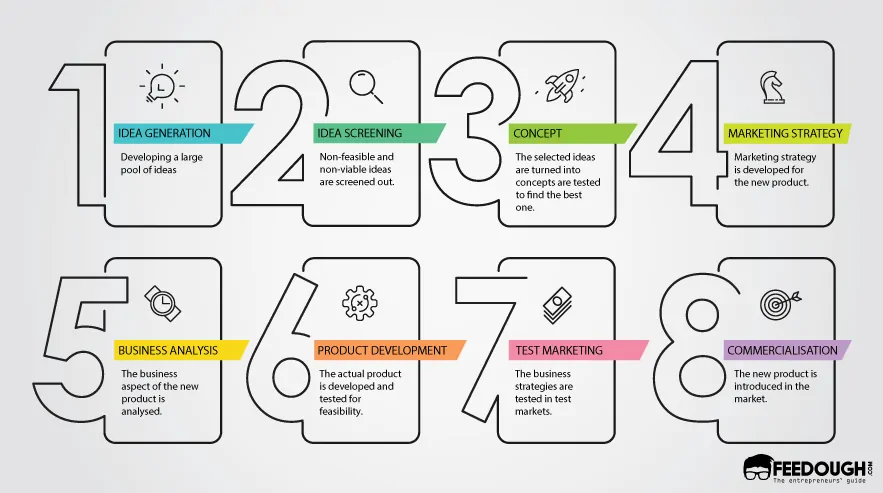
Idea Generation
Ideas form the spine of the new product development. They stem from market opportunities and can be innumerable. This stage involves creating a large pool of ideas from both internal and external sources using numerous techniques.
New Product Ideas From Internal Sources
- Research and Development: R&D department is a formal department of the business that includes experts with the sole responsibility to conduct market research and analysis and generate new ideas.
- Employees: Employees are the ones who work closely with the product and the customers. According to research, almost 45% of all new product ideas come from the employees.
New Product Ideas From External Sources
- Customers: Customers are the most important sources to get new product development ideas. Their needs, wants, and desires form the base of the market opportunity, and most of the time they know what they want. Surveys, customer forums are excellent sources of new product development ideas.
- Channels Of Distribution: Since distributers work closely with the customers, they understand better what the customer actually demands. They often give ideas for new product possibilities and can also help the company with market information like new concepts, techniques, technology, and materials.
- Competitors: Competitor analysis is a great way to analyse how the market rate the existing players and what’s missing in the market. This information is further used to develop new products.
- Others: Other idea generation sources include consultants, communities, government agencies, market research firms, commercial laboratories, etc.
Idea Screening
While the purpose of idea generation is to create a large pool of ideas, this stage involves evaluating the pool and drop as many ideas as possible from consideration. This is done by determining and evaluating the ideas’ –
- Compatibility: Compatibility of the idea(s) with the overall business objectives.
- Relevance: Relevance of the ideas based on the current and predicted business environment and the organisation’s goals.
- Assumptions: Validity of the assumptions the idea is based on.
- Constraints: Internal and external constraints that hinder the growth of the idea into reality.
- Feasibility: Feasibility of the idea according to the resources available.
- Value: The idea’s predicted return on investment.
- Risks: Internal or external risks that may hinder the idea’s progress.
There’s a likelihood of two types of errors in the new product development process. The idea screening phase acts as a filter to prevent the business from them. The errors are –
- Drop error – Dismissing of a good idea.
- Go error – Moving forward with a bad idea.
Concept Development And Testing
An idea is different from a concept. While an idea is just a mental construct of a business possibility or opportunity, a concept is an idea that has gone through the process of fine-tuning and is less inconsistent.
The concept is a presentable version of the product idea which takes into consideration –
- Potential target audience
- Product usage
- Potential value propositions
For example, a product idea could be a fitness centre. But a product concept would be a fitness centre that focuses on providing Zumba classes to working women offline in the morning and online in the evening.
This step involves developing single or multiple concepts based on the product ideas and testing them for their viability.
Concept development
Let’s take the example of an electric car as a product idea.
Possible product concepts for this electric car could be –
- Concept 1: An affordable electric car focused on working individuals who commute daily. This car can be charged at home but isn’t viable for long-distance travel.
- Concept 2: A mid-priced electric car for environment-ocused millennials. The car has sporty looks, and there are recharging points available.
- Concept 3: A high-priced electric SUV for high earning individuals who care about the environment.
Concept Testing
Once the concept is developed, it is tested using several methods and processes like –
- Concept-test surveys: The planned target audience is asked to answer some product-related questions. These answers are further analysed to test the viability of the concept.
- Prototype: A prototype is developed to understand the viability of the product better.
Testing different concepts gives a clear picture to the management on which concept to take forward and which to drop.
Marketing Strategy Development
Once a promising concept is finalised, the next step involves developing a marketing strategy for the new product. The marketing strategy is divided into three parts:
- The detailed description of the target market’s size structure and behaviours, the planned value proposition, the product positioning strategy, and sales size, market share and profit goals for the first few years.
- An outline of the pricing strategy, distribution strategy, and the required marketing budget for the first year.
- The marketing mix strategy and the planned long-term sales and profit goals.
Business Analysis
Once the product and its marketing strategy is finalised, the next step involves the evaluation of business attractiveness of this proposed product. This step of the new product development process involves a review and analysis of the sales, costs, and profit projections for the new product.
In simple terms, this step evaluates the product as a business by reviewing –
- Costs involved in producing, marketing, and selling.
- Projected sales
- Projected profits
The analysis is done either by conducting market surveys, consulting experts, or by analysing the history of similar products. Once done, this analysis is then compared with the company’s objectives, and the product goes into the production stage only if these factors satisfy the objectives.
Product Development
Up to this point, the product only existed as a word description, a drawing, or a prototype. But once the business analysis clears the product, the work is handed over to the research and development department for actual product development.
It may take days, weeks, or months to develop the final product as the product goes through a series of testing phases (alpha testing and beta testing) to validate all the assumptions and incorporate everything that was promised during the previous stages.
- Alpha testing is testing the product within the firm to make sure it fits the standards set.
- Beta testing involves launching an MVP or a test version in the market to validate the product-market fit. However, it doesn’t involve testing the final product or marketing strategy.
Test Marketing Or Market Testing
Once the product development is completed, the product is then dressed up with a brand identity and released in a selected market segment as a pilot for testing.
This step involves the company to test both the final product and its entire marketing and branding strategy, including
- Positioning strategy,
- Pricing strategy,
- Communication strategy,
- Promotion strategy, and
- Distribution strategy.
The product is developed in full scale only after test marketing shows positive results. There are three types of test markets –
- Standard test markets: These are small representative markets (for example, a single city instead of the full state) where the firm conducts a full marketing campaign and uses store audits, customer surveys, distributor surveys, and other methods to analyse performance. The results are used to predict full-scale campaign’s performance, discover unsolved problems, tap untapped opportunities, and fine-tune the marketing program. The biggest disadvantage of standard test markets is that the competitors get to know about the new product and its marketing strategies before the actual launch.
- Control test markets: These are artificial testing venues like panels of stores that have agreed to carry new products for a fee. These artificial testing venues are less expensive than the standard test market and provide a faster analysis (of both the product and its competitors). Still, there’s a risk of competition gaining access to the new product.
- Simulated test markets: These are events where the firm creates a shopping environment and analyse customer behaviour with respect to the new product and its competitors. This test market also lets the researchers interview customers.
Commercialisation
Test marketing provides the management with the information needed to make the final decision about the product launch. Once the final decision is made and the product is decided to be launched in the market, the new product goes into the final stage -commercialisation or introduction, and is finally produced in the needed quantity.
This stage involves the highest costs as
- Manufacturing units are leased or purchased
- Advertising and communication campaigns are executed
- Sales promotion and other marketing efforts are executed to develop an initial demand
Several important decisions are taken during the commercialisation stage like –
- Introduction timing: The best time to launch the product.
- Introduction place: The decision about the place. Should it be launched in a single market or should it be launched simultaneously in multiple markets?
- Future strategies: What should be the strategies once the product is launched in the market.
Bottom-Line?
Even though there are eight different steps of the new product development, the focus is one – creating superior customer value, because only when you develop a superior customer value, you can develop a new product worth selling.
Go On, Tell Us What You Think!
Did we miss something? Come on! Tell us what you think of this article on new product development in the comments section.
A startup consultant, digital marketer, traveller, and philomath. Aashish has worked with over 20 startups and successfully helped them ideate, raise money, and succeed. When not working, he can be found hiking, camping, and stargazing.
